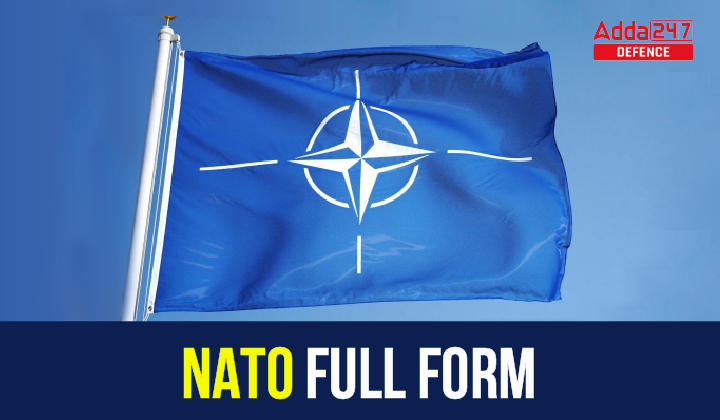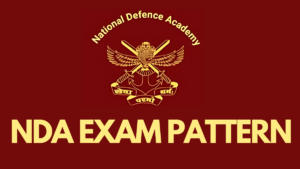NATO Full Form
The North Atlantic Treaty Alliance was founded in the aftermath of the Second World War. Its purpose was to secure peace in Europe, to promote cooperation among its members, and to guard their freedom. All of this in context of countering the threat posed at the time by the Soviet Union. The Alliance’s founding treaty was signed in Washington in 1949 by a dozen European and North American countries. It commits the allies to democracy, individual liberty, and the rule of law as well as to peaceful resolution of disputes. Importantly, the treaty sets out the idea of collective defence, meaning that an attack against one Ally is considered as an attack against all Allies.
NATO Full Form: NATO Duties and Responsibilities
The North Atlantic Treaty Organisation, or NATO, ensures that the security of its European member countries in inseparable linked to that of its North American member countries. The Organization also provides a unique forum for dialogue and cooperation across the Atlantic. The Alliance started with 12 member countries in 1949. However, the founding treaty allows of other European nations to join the Alliance, as long as all existing Allies agree. Any prospective member must share NATO’s core values and have the capacity and willingness to contribute to security in the Euro -Atlantic area. Today, NATO has 30 members, who are stronger and safer together. For seven decades, NATO has ensured peace within its territory. While threats, and the way NATO deals with them, have evolved over time, the purpose, values and founding principles of the Alliance don not change. For its first four decades, the Cold War defined the Alliance – collective defense was NATO’s main role.
When that confrontation ended in 1989 and with the collapse of the Soviet Union, some said that NATO had fulfilled its purpose, that it was no longer needed. And yet the Alliance is still here today.
NATO Full Form: After Cold War
The end of the Cold War offered hope for progress and peace but it also ushered a new era of instability. NATO has responded to the changes in the security environment by shifting its focus and taking on new tasks. Beyond ensuring the collective defence of its members, NATO seeks to promote security through partnership and cooperation. Since the 1990s, the Alliance has developed relations with non-member countries including former Cold War adversaries of the former ‘Eastern Bloc’. Some of these partners have since become members of the alliance. Today, working with non member countries and other organizations is considered to one of NATO’s fundamental tasks.
- It works with 40 partner countries as well as with other International Organizations, like the EU and the UN. NATO has taken on an important role in International Crisis Management since the end of the Cold War. NATO has helped to end war and build sustainable peace in the Balkans.
- In the wake of 9/11 terrorists attack on the United States, Allies and partners deployed forces to Afghanistan to help bring stability.
- During the Arab Spring, NATO led an air campaign over Libya to protect civilians being targeted by the Qadhafi dictatorship.
- At sea, NATO have helped to prevent piracy off the Horn of Africa and are cooperating to fight terrorism in the Mediterranean sea.
- NATO has also supported international efforts to stem illegal migration and human trafficking in Aegean Sea.
NATO Full Form: NATO’s Working
All member countries of NATO are represented in the North Atlantic Council, where decisions are taken by concensus – meaning uninamously, expressing the collective will of all the nations. There is no NATO army. National Forces are under National command. When called upon, allied nations volunteer their troops, equipment or other capabilities to NATO-led operations and exercises. Each member state pays for its own armed forces, and covers the cost of deploying its forces. But together, the Allies get a lot more security for a lot less cost than they would if they had to do it alone. Each member contributes a small percentage of its National Defence Budget to NATO. The national contributions pay for running the political and operational headquarters in Belgium, as well as the integrated military command structure across NATO territory.
NATO Current Scenario
Today, we face a much broader range of threats than in the past. To the east, Russia has become more assertive with the illegal annexation of Crimea and destabilization of eastern Ukraine, as well its military build-up close to NATO’s borders. To the south, the security situation in the Middle East and Africa has deteoriated causing loss of life, fuelling large scale migration flows and inspiring terrorist attacks.



 Important Topics to Score 300+ in NDA GA...
Important Topics to Score 300+ in NDA GA...
 NDA Exam Pattern 2025 for GAT and Maths
NDA Exam Pattern 2025 for GAT and Maths
 How to Crack NDA Exam in the First Attem...
How to Crack NDA Exam in the First Attem...
